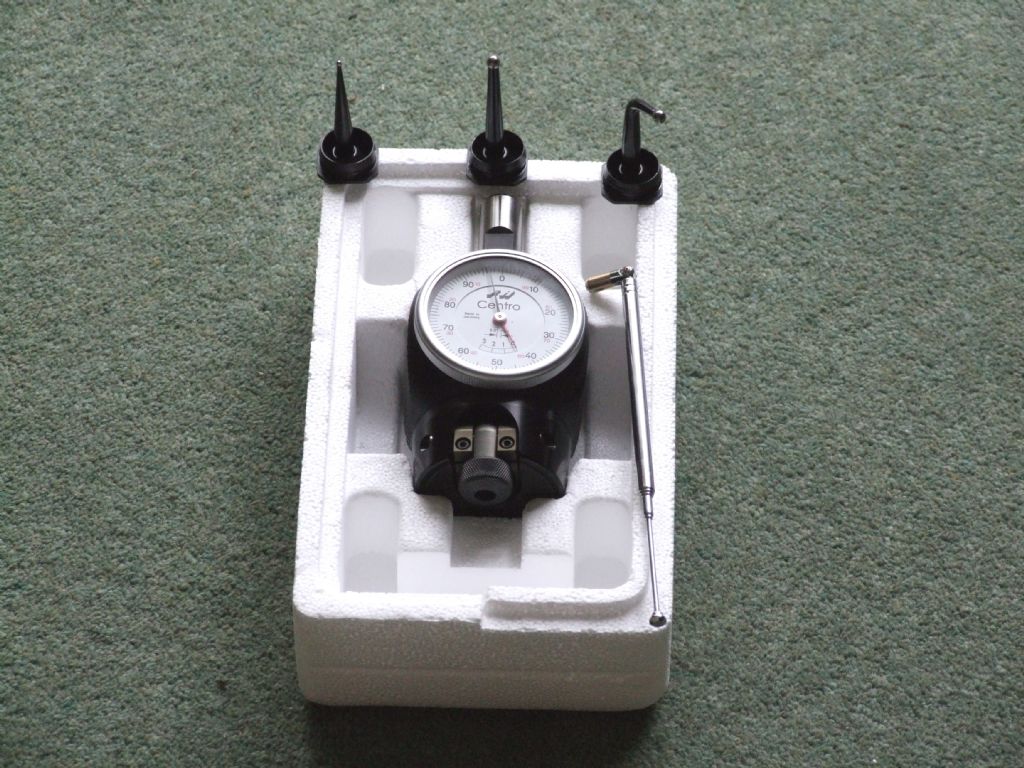All, a few weeks ago, I posted an update on my 10V build on another model forum (Pistonheads, not specifically M.E. based). It was regarding spotting the eccentric centre and offset, for subsequent placing in the 4 jaw lathe chuck. I’m no expert, and used my edge finder in a way that I’d been doing fairly routinely during the build, with no apparent issues. This is the relevant part of the post:
“Then transferred to the mill and got the centre with the edge finder:

Someone responded with this comment:
“Why on earth are you using a round edge finder to try to find a datum on a round part?
You have a perfectly straight vice jaw to use the edge finder on instead of hoping the edge finder is on centre with the round part.
Or just buy one of these…
**LINK**”
My response was that I’m not “hoping” the edge finder is on centre, because it’s irrelevant – initially it’s equally offset from the centre on both sides. Once that’s established, the opposite axis centre can be found. Also that even if it’s slightly inaccurate, the drawings aren’t tolerances, so it doesn’t really matter, and why would I spend money on a device that I don’t need? The response was:
“In 30+ years of precision engineering I have never seen anyone try to set a datum on a round part like that because if they did they would get laughed out of the factory!
A moving jaw is irrelevant for setting a datum, set the datum off the fixed jaw and work back from that if you want to do it the hard way or just buy the correct tool for the job which will be quicker, easier and more accurate.”
I don’t know how I was supposed to get the axis in the direction parallel to the jaws – they never responded after that.
Any thoughts?
Dr_GMJN.






